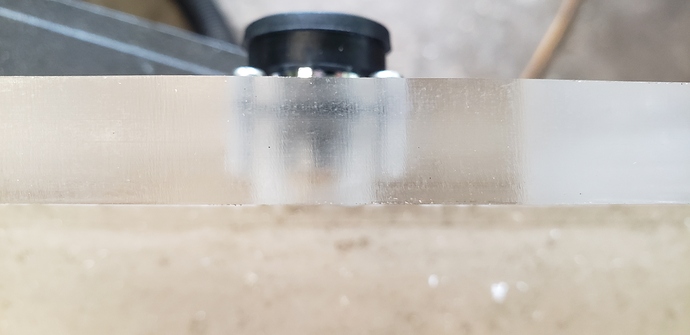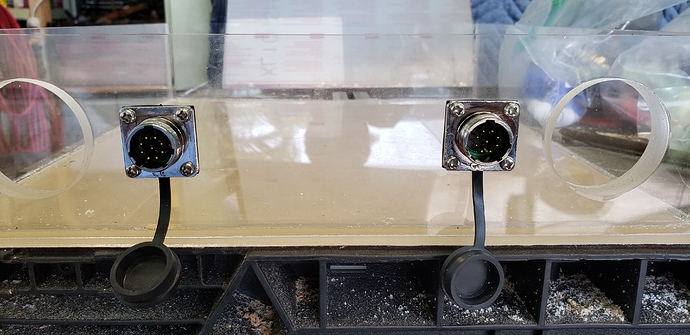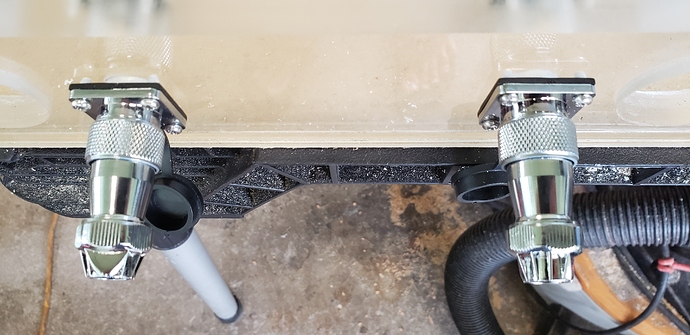Hi.
The battery packs are built as two separate batteries. In the waterproof case there are two completely separate 7s14p batteries. They each have their own Marinco battery connector with 200a fuse, and a 8 pin balance lead connector with each wire individually fused in my second build (highly recommend!).
I built it this way because I do not want a BMS
And I balance charge with a icharger X8 that can only charge up to 8s batteries. So, I charge as two separate batteries. But for use they are hooked together in series as one 14s14p battery. Does that make sense?
The bus bars that the battery leads hook to are prone to breaking the fuse wires from the pull. So I used a heavier gauge wire (20awg) instead of the 30awg used for the fuse wires. These cells are still fused because the other terminal has the 30awg fuse wire. Hot glue was not a good solution, and is not needed with this modification.
The aluminum box houses the ESC. The two small plastic boxes have the receiver in one and the low voltage alarms in the other. I did not have a long enough external antenna to put the receiver inside the aluminum box with the ESC in my first build in that picture.
I now have a 120cm long external antenna and the receiver has been moved to inside the aluminum box with the ESC. So, now I only have one of the small plastic boxes which houses the low voltage alarms.
Because there is no BMS it is very important to balance charge the battery, and to make sure never to let any cell voltage to drop below 2.5v during use. The voltage alarms are simply for added security. So I know if any cell voltage drops to the value I set, which is 3.0v. I hear it beeping and have about 5-10 minutes to get back to shore before 2.5v.
The battery indicator on the remote works well, and I always know when to head back to shore without relying on the voltage alarm. But, I do really long rides by myself, 15-18 miles round trip. If the battery has a malfunction, or a individual cell starts to drop more then the others, the voltage alarm will sound, and I will know to turn around and head back to shore.
I don’t trust BMS. Never trust a BMS!

I was still at 3.5v after this ride. 




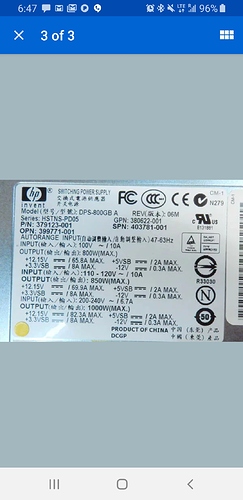


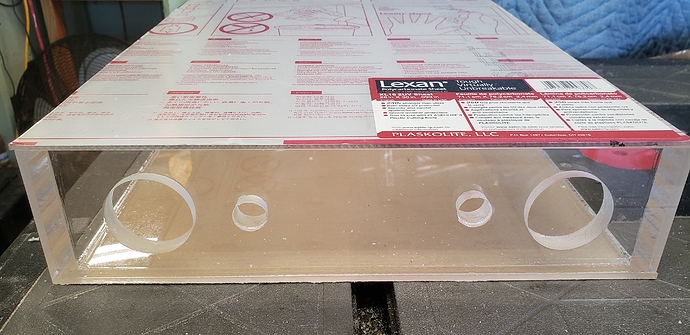
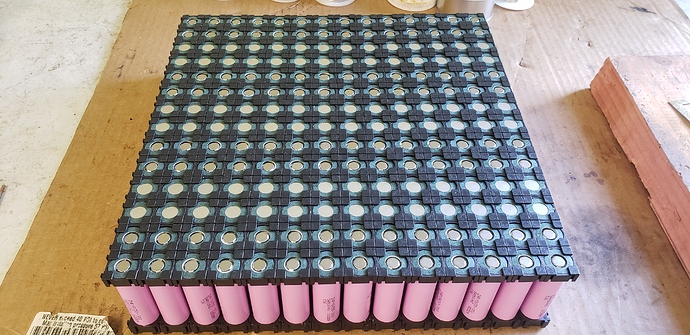
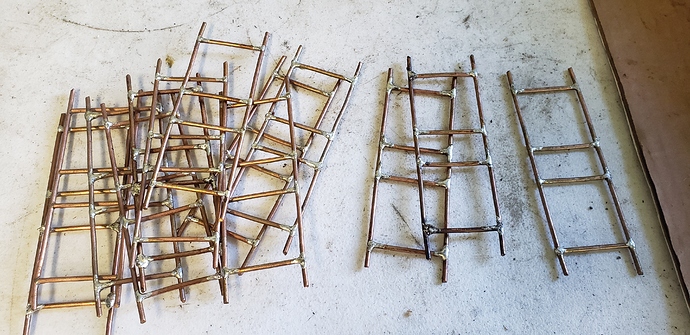

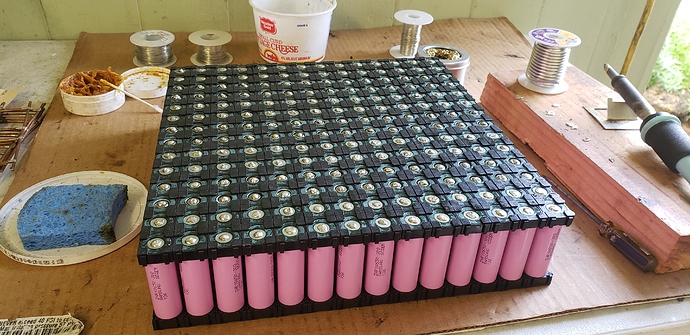

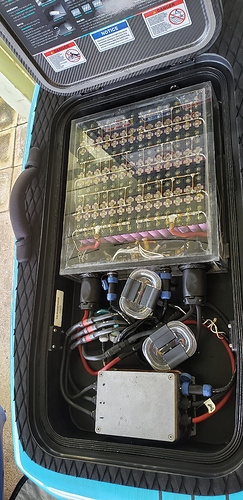





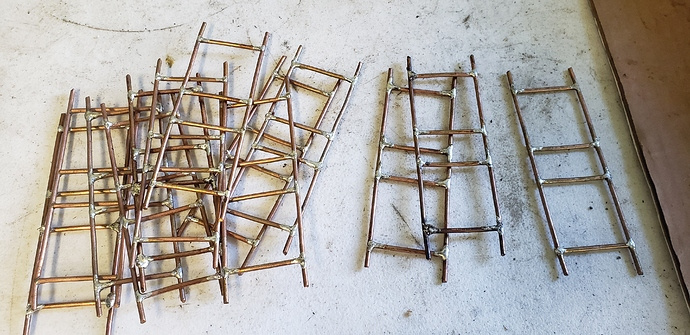
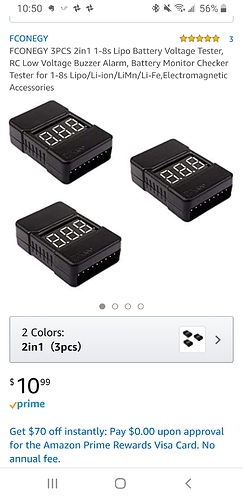
 The bag holding them failed. Haven’t got around to opening it to clean it out.
The bag holding them failed. Haven’t got around to opening it to clean it out.

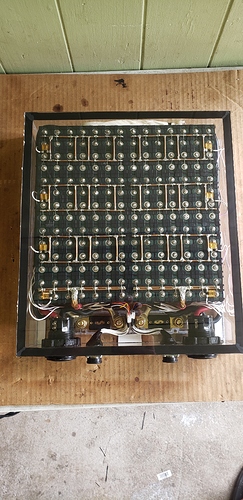

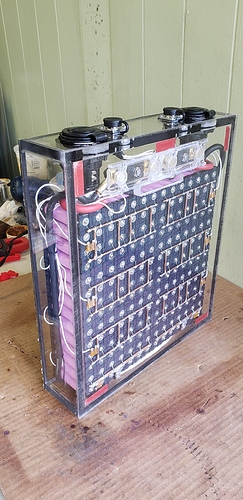

 . Thanks for sharing it with us
. Thanks for sharing it with us 
